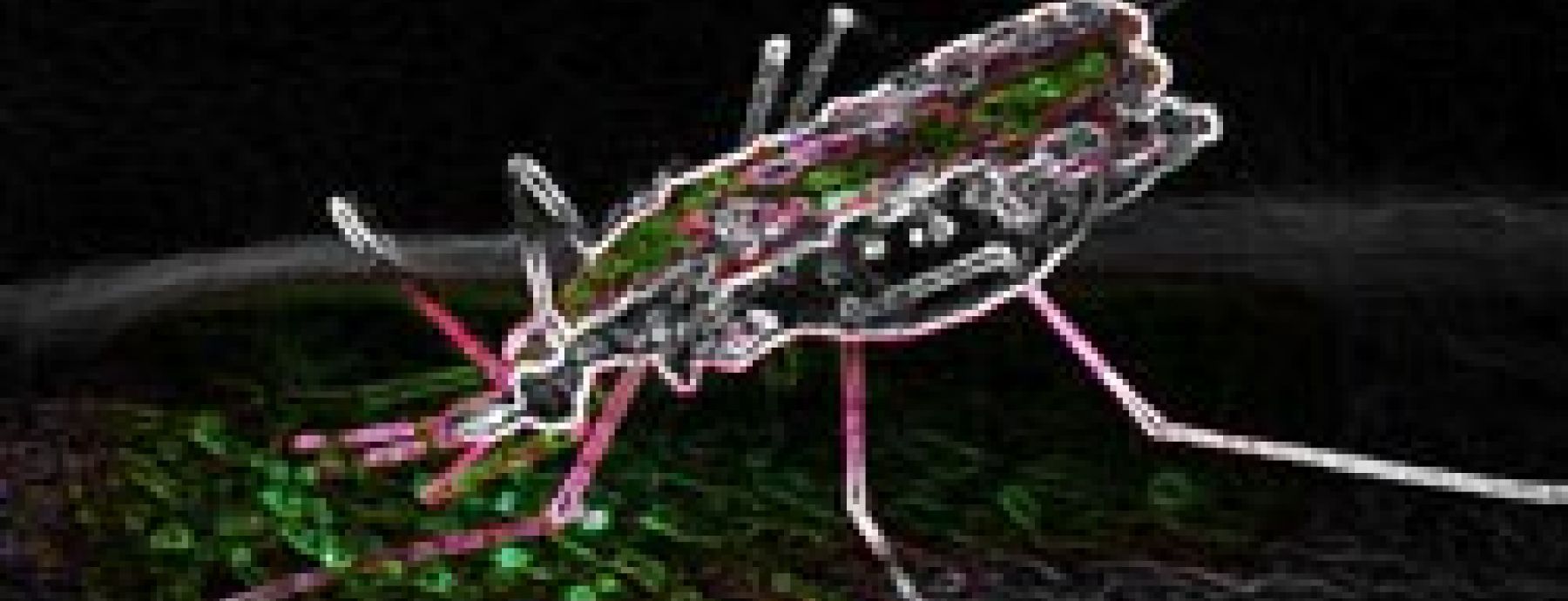Dengue fever and dengue hemorrhagic fever have been recorded in tropical regions of the world for more than two centuries. These debilitating diseases are caused by a virus with four distinct types (DENV1-4).
In 1981, two types of dengue hit the Americas for the first time: DENV-4 and, a distinct Asian strain of DENV-2; both appear to have evolved from ancestors that existed around 1980.
Eddie Holmes and collaborators have now shown that these two types of dengue spread and evolved differently over the following two decades.
Both types showed a rapid exponential increase in genetic diversity, followed by a leveling off. However, the number of viral lineages increased much more rapidly for DENV-4 than for DENV-2, indicating faster viral population growth or geographic dispersal. Furthermore, while DENV-2 appeared to spread southwards through the Caribbean to South America, there is evidence that DENV-4 spread in the opposite direction.
In a December 2005 Journal of Virology paper, the authors discuss how these patterns reflect the likely "immunological landscape" , given the prior existence of DENV-1 and other DENV-2 strains in the region.
Written By: Christine V. F. Carrington, Jerome E. Foster, Oliver G. Pybus, Shannon N. Bennett, & Edward C. Holmes
Paper Url: http://jvi.asm.org/cgi/content/abstract/79/23/14680
Journal: 79: 14680-14687
Journal Reference: 79: 14680-14687
Paper Id: 10.1128/JVI.79.23.14680-14687.2005
